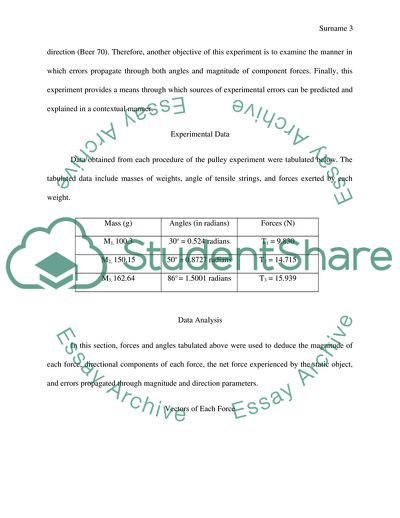Cite this document
(The Equilibrium States in Vector Mechanics - Statics and Dynamics Lab Report Example | Topics and Well Written Essays - 1750 words, n.d.)
The Equilibrium States in Vector Mechanics - Statics and Dynamics Lab Report Example | Topics and Well Written Essays - 1750 words. https://studentshare.org/physics/1859118-vectors-and-statics
The Equilibrium States in Vector Mechanics - Statics and Dynamics Lab Report Example | Topics and Well Written Essays - 1750 words. https://studentshare.org/physics/1859118-vectors-and-statics
(The Equilibrium States in Vector Mechanics - Statics and Dynamics Lab Report Example | Topics and Well Written Essays - 1750 Words)
The Equilibrium States in Vector Mechanics - Statics and Dynamics Lab Report Example | Topics and Well Written Essays - 1750 Words. https://studentshare.org/physics/1859118-vectors-and-statics.
The Equilibrium States in Vector Mechanics - Statics and Dynamics Lab Report Example | Topics and Well Written Essays - 1750 Words. https://studentshare.org/physics/1859118-vectors-and-statics.
“The Equilibrium States in Vector Mechanics - Statics and Dynamics Lab Report Example | Topics and Well Written Essays - 1750 Words”. https://studentshare.org/physics/1859118-vectors-and-statics.


